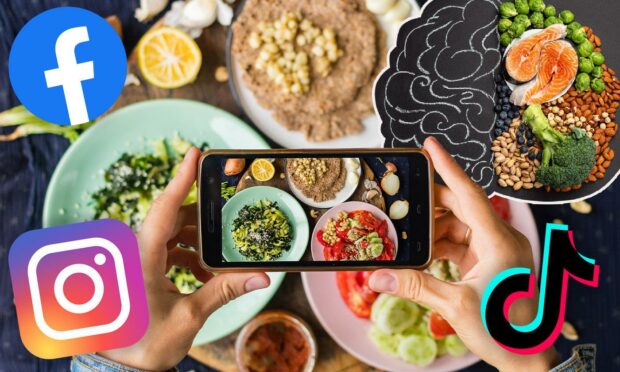Since it’s inception, social media has been a pivotal factor for many of our decisions, but how does it influence our food choices?
With around 4.62 billion social media users around the world and counting, the number of social media users has increased dramatically since its beginning in the early 2000s.
With more than half the world (58.4% to be exact) now using a mix of platforms to create audio and visual content, and spending around 2 hours and 27 minutes online a day, the global influence social media has is substantial.
Social media can influence our basic needs
Despite it being part of our daily lives, social media can tap into many parts of our subconscious, and in turn influence how we make decisions. This is particularly evident in the food choices we make, recipes we try, and venues we choose to eat in.
For many people, myself included, the way an influencer takes a picture or a restaurant publicises their latest dish can massively impact what we decide to order or what we want to make for breakfast. But why?
Due to our instincts, we are intuitively always seeking to fulfil what Maslow theorised as our hierarchy of needs. With physiological needs of food being a fundamental part of survival, this results in our brains being naturally interested in food.
With the rise in popularity of food images and in turn food accounts, there is no surprise that as the platforms continue to gain popularity, our reliance on them to give us information also increases.
Images including the hashtag #food have amassed to 477 million posts, with #foodporn following with 281 million posts.
The phrase ‘eating with your eyes‘ comes to mind, which often is associated with the food being served to you looking as appetising at the taste.
However, in the digital era we find ourselves, these images of food can initiate a feeling of ‘hunger’ despite the food not being physically in front of you.
This can have affects that ripple across the food and drink industry including restaurants, suppliers and users of the platforms, such as increasing the pressure to make food look picture perfect.
In the coming weeks we will interview a marketing expert, a restaurant, a social media influencer, a psychologist and an online business owner to find out how impactful social media is in our food choices and eating behaviours.
This article is part of an ongoing series where topics around food and drink and behaviour will be discussed.
If you have any suggestions on topics you would like to read about, please provide your suggestions in the submission form below.
Mariam Okhai is a food and drink journalist who also researches food behaviour.
She has a Masters in Behavioural Science for Management from the University of Stirling. Her undergraduate degree was in Psychology and Business Economics with Marketing.
She is also a certified habit coach.
You can find out more about her research on her Behavioural Foodie website.
